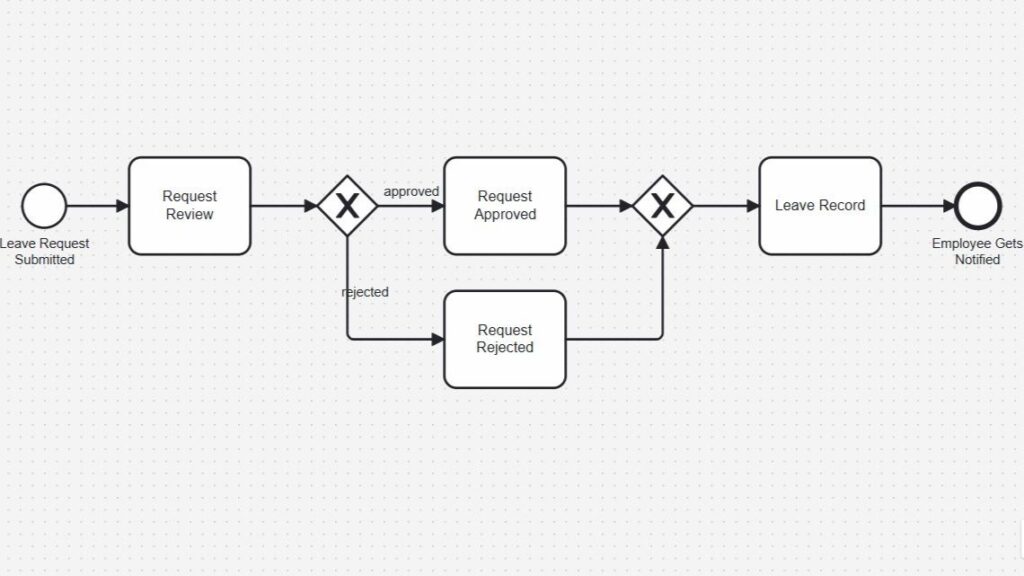In today’s fast-paced business world, efficiency is everything. Companies need reliable ways to streamline operations and minimize human error. That’s where process modeling comes in. By visually mapping out workflows, organizations can uncover inefficiencies, improve coordination, and set the stage for automation. Let’s dive into the world of process management and see how modeling can transform the way businesses run.
What is Process Management?
Process management is all about organizing, documenting, and optimizing business processes. It helps teams work smarter by defining clear steps and eliminating unnecessary tasks. As a result, companies become more efficient and flexible.
Why Do We Need Process Management?
Without process management, businesses often rely on scattered, inconsistent practices. This can cause delays, mistakes, and frustration. By managing processes, teams align better, reduce errors, and adapt faster to changes. Ultimately, it boosts productivity and drives growth.
What is Process Modeling?
Process modeling visually represents business processes. Instead of lengthy work instructions, diagrams offer clarity. Teams see how tasks connect and identify areas to improve or automate.
For example, imagine a customer onboarding process. Without modeling, employees follow disconnected steps, leading to confusion. But with a visual process model, each task appears in sequence, reducing uncertainty. The model becomes the single source of truth, stored in business process management software (BPMS).
Example: Employee Leave Request Process
Let’s break it down with a simple example. Suppose an employee requests time off. The process could look like this:
- Employee submits a leave request.
- Manager reviews the request.
- Manager approves or rejects the request.
- If approved, HR records the leave.
- Employee gets notified of the decision.
I can easily represent this flow in a flow chart. Visualizing it helps employees understand each step and see where delays might occur.

Final Thoughts
Process modeling transforms how businesses operate. It turns chaotic workflows into structured, repeatable systems. This clarity leads to better decisions, fewer errors, and smoother operations. Ultimately, investing in process management and modeling drives long-term success.




